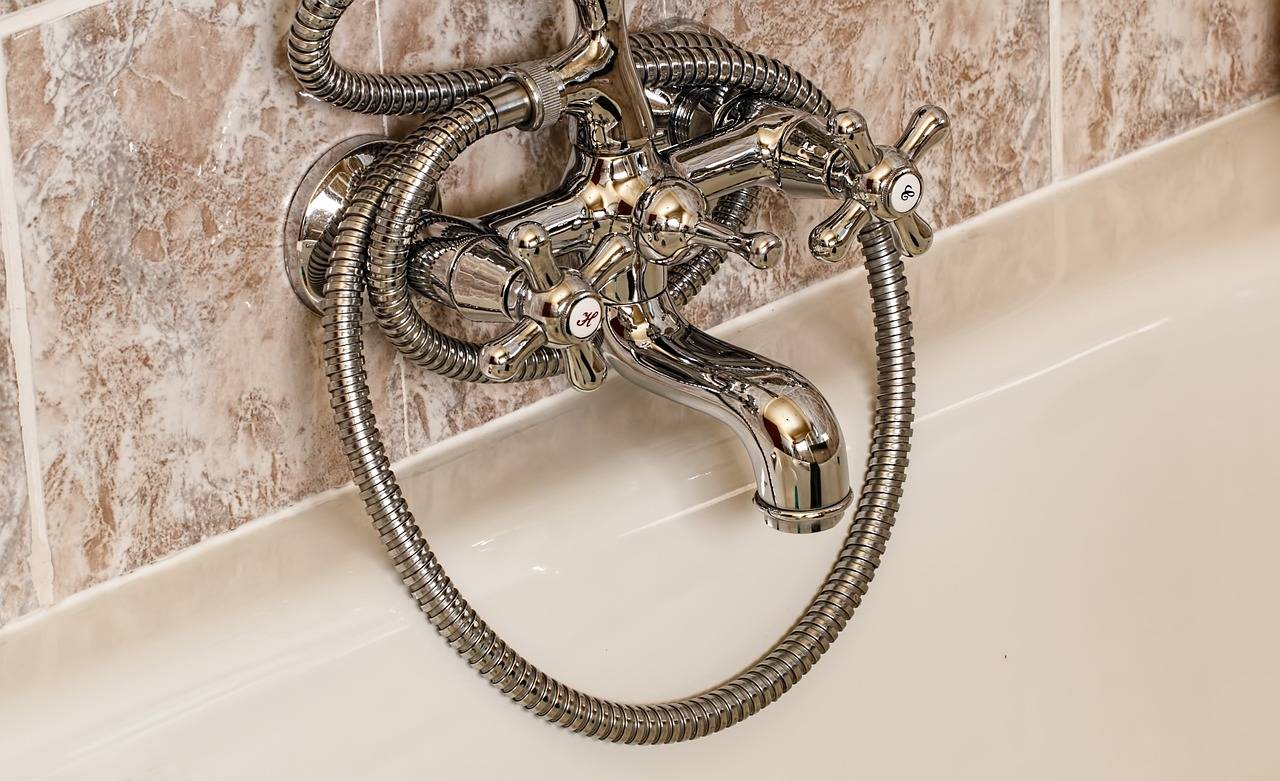Dear Savvy Senior,
Because of my back pain and mobility problems, I’m interested in getting a walk-in bathtub that’s safe and easy to get in and out of. What all can you tell me about walk-in tubs, and can you recommend some top options?
Old and Achy
Dear Old,
For mobility challenged seniors, a walk-in bathtub can be a terrific option to consider because they’re much easier to get into and out of than a standard tub, which also helps prevent falls. Here’s what you should know, along with a reliable resource to help you choose one.
Age-Friendly Tubs
Walk-in bathtubs are uniquely designed tubs that have a watertight, hinged door built into the side of the tub that provides a much lower threshold to step over (usually 3 to 7 inches) versus a standard tub that’s around 15 inches.
Most walk-in tubs have high sidewalls, usually between three and four feet high, and are between 28 and 32 inches wide, but will fit into the same 60-inch-long space as your standard tub without having to reconfigure the room.
In addition to the low threshold, most walk-in tubs also have a built-in seat, grab bars, anti-slip floors and anti-scald valves. Some tubs also come with handheld showerheads and quick drains (that drain the tub in under a minute), and many higher-end models offer therapeutic spa-like features that are great for seniors with arthritis and other ailments.
The best kind of tub for you will depend on your needs, preferences and budget, and the size and layout of your bathroom. But be aware that walk-in bathtubs are not cheap. Prices range anywhere from $3,000 to $10,000 or more for the tub and installation costs.
Insurance and Aid
Because walk-in tubs are not considered durable medical equipment, original Medicare does not typically cover them nor do Medicare supplemental (Medigap) policies, but some Medicare Advantage plans may help pay.
If you’re receiving Medicaid, many states have Home and Community Based Services that may provide some assistance. Or, if you’re a disabled veteran, the VA has some home modification grants that may help pay.
There are also grants and loans available through the U.S. Department of Agriculture that help elderly, low-income residents of rural areas make home modifications, which may be used to pay for a walk-in bathtub. And, depending on where you live, there may be local programs that can help like Habitat for Humanity or Rebuilding Together.
To find out if these options are available in your area, contact your Area Aging Agency (call 800-677-1116) or nearby center for independent living (see ilru.org).
If, however, you can’t locate any financial assistance and you can’t afford to pay upfront for a walk-in tub, most manufacturers offer financing so you can make monthly payments. You should also know that if you’re using a walk-in tub for a specific medical condition, you may also be able to deduct the costs of the tub from your taxes as a medical expense (see irs.gov/pub/irs-pdf/p502.pdf).
Best Walk-In Bathtubs
To help you choose a walk-in bathtub the National Council on Aging, which is a national nonprofit organization that advocates for older Americans, put together a review team to research the different companies and tubs. Their list of best walk-in bathtubs of 2024 includes:
- Best Walk-in Tub Overall: Ella Ultimate Walk-In Tub
- Best Walk-in Tub with Shower: Kohler Walk-In Tub with Shower Package
- Most Affordable Walk-in Tub: Ariel Walkin 3052 Soaker
- Best Soaking Tub: American Standard Gelcoat Entry Series
- Best Wheelchair-Accessible Tub: Ella Transfer
- Best Walk-in Tub for Small Spaces: AmeriGlide Sanctuary 2646 WIT
See NCOA.org/adviser/walk-in-tubs/best-walk-in-tubs for detailed reviews and product links.
To get started, you should contact a few walk-in bathtub retailers who can send a professional to your home to assess your bathroom and give you product options and estimates. Lowe’s and Home Depot also offer free evaluations and a wide range of walk-in tub options.
Send your senior questions to: Savvy Senior, P.O. Box 5443, Norman, OK 73070, or visit SavvySenior.org. Jim Miller is a contributor to the NBC Today show and author of “The Savvy Senior” book.

